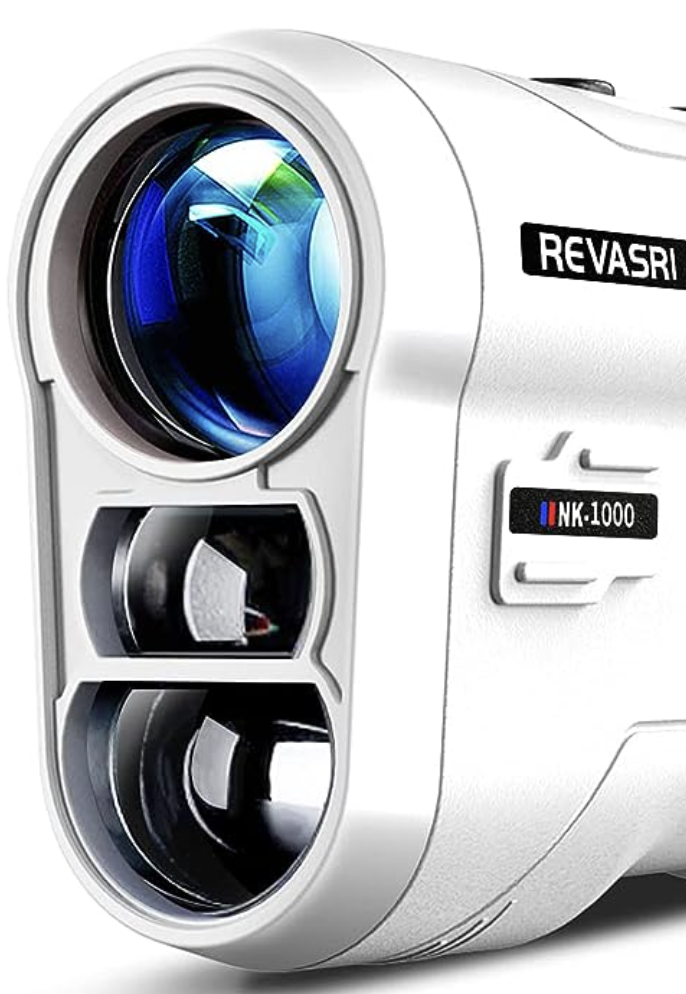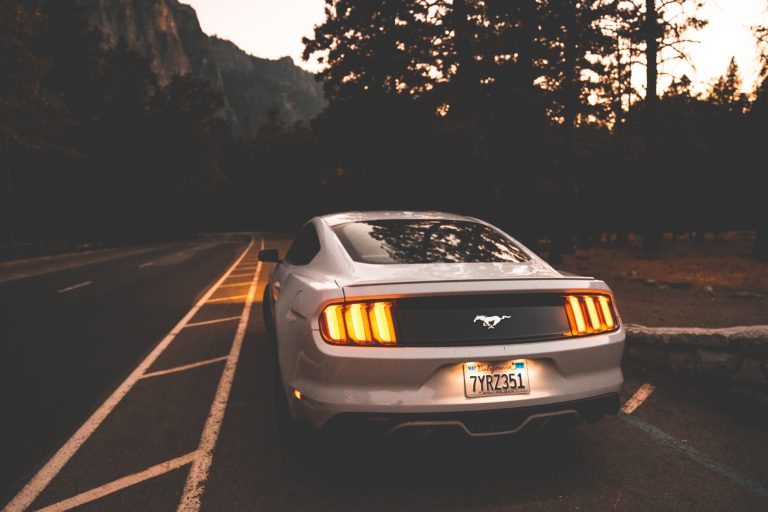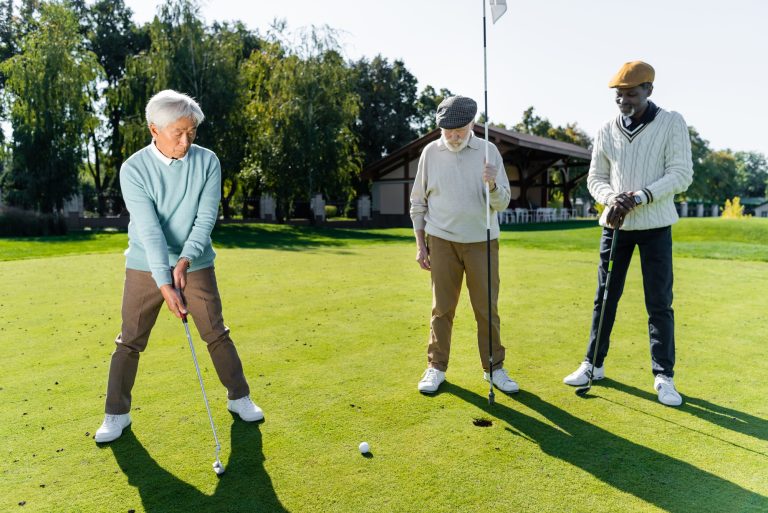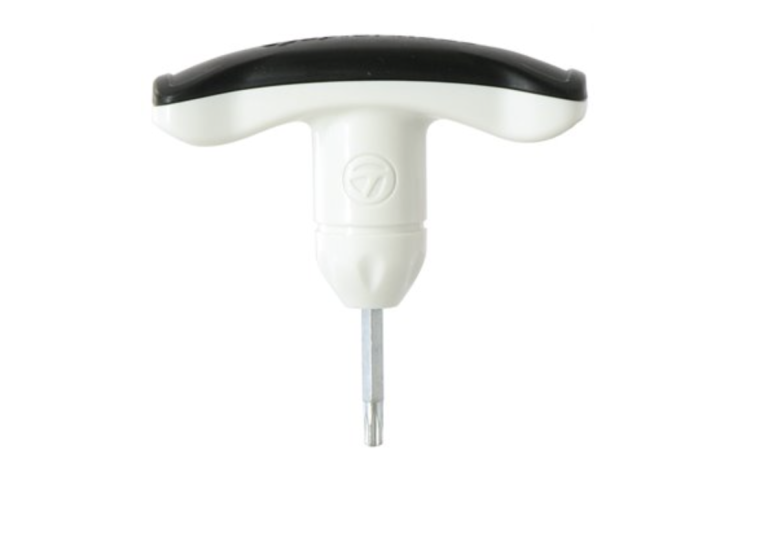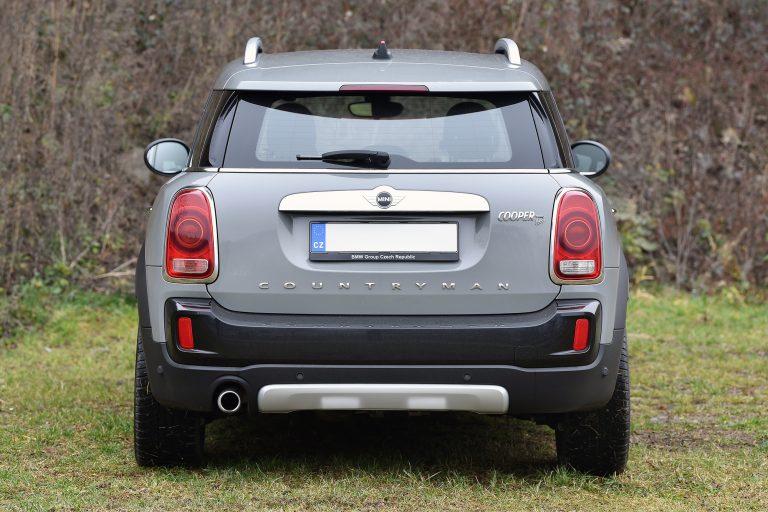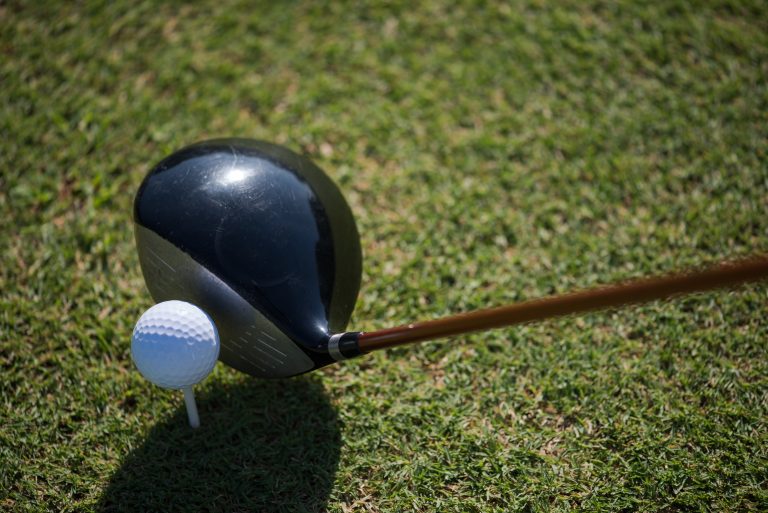Why Are Golf Irons Numbered? (Explained)
IT SEEMED LIKE A COMPLICATED SPORT when I was gifted my first set of golf clubs, especially since I was not an experienced golfer. But of all the things I needed to keep track of, the golf clubs’ numbers were particularly confusing.
But why are golf irons numbered?
The numbers on a golf club relate to the club’s loft and weight. The lower the number, the farther the ball will go when struck.
You want to grab the right one for the job when reaching for a club. Think about the look you would get using a putter from the tee box. So, let’s explain what these numbers REALLY mean and how you can use them to improve your game.
What Do the Numbers on Golf Clubs Mean?
If you are still confused, let’s look at the numbers on your golf clubs. Irons Fairway Woods and a few specialty clubs are always numbered.
These numbers are related to the degrees of loft.
There are three types of golf clubs that you will find in every bag: woods, irons, and putters. Woods are long-range clubs that you would use to tee off for a hole. Wood clubs have large, circular heads with a flat front.
Irons are used after you have teed off. You will recognize them by the extremely angled head. In almost every golf bag, there are more irons than wood.
Finally, putters have smaller heads and shorter staffs. The putter helps you get the ball into the hole.
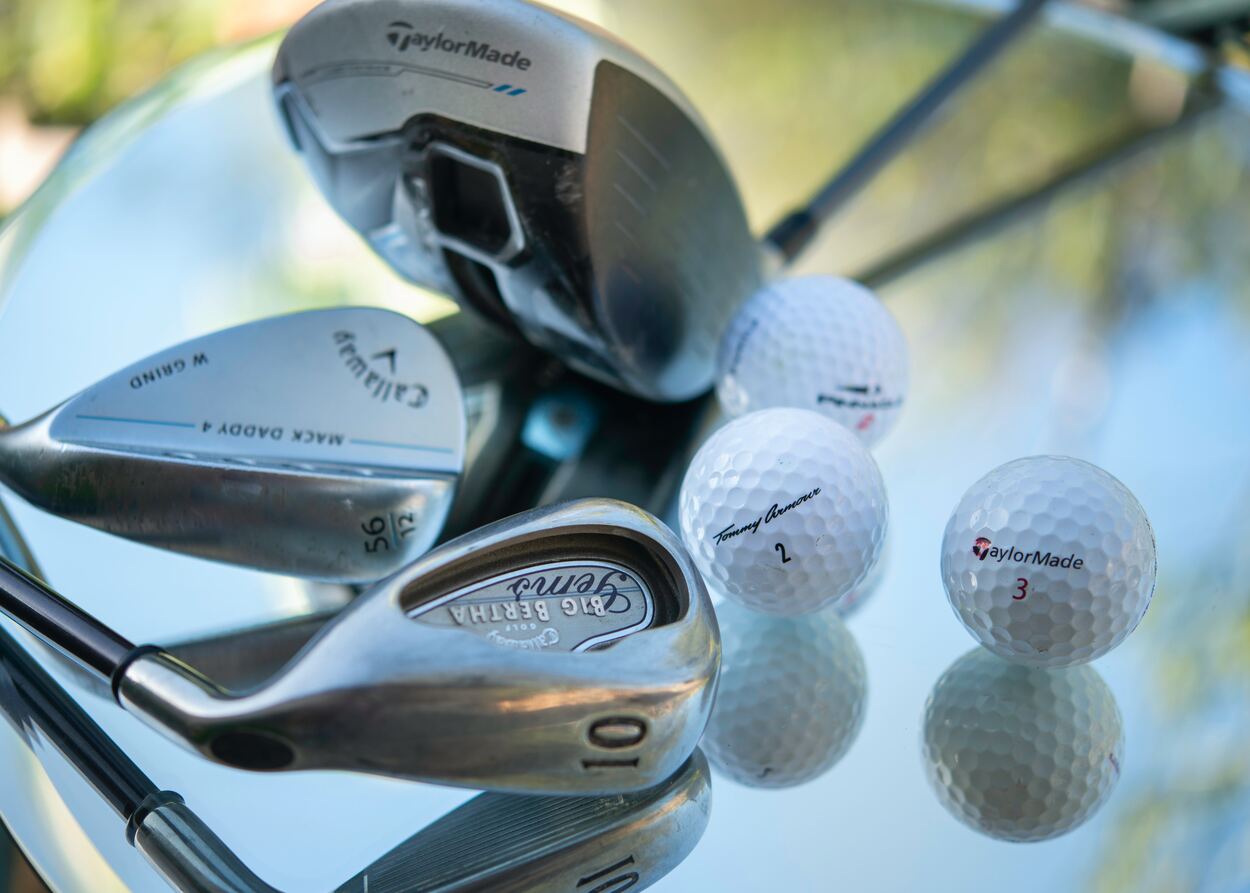
The numbers correspond to the loft. Simply put, the loft is the angle of the golf club’s face. When you adjust the loft, you can change the distance or height the ball travels at impact.
A lower number means a lower loft. With that, the angle on the club is less intense, which causes the ball to travel further at a lower height.
Conversely, higher club numbers mean a higher loft for the golf ball. The higher the club’s number signifies an extreme angle on the golf club’s face, meaning the golf ball will travel higher but at a shorter distance.
As you can tell, physics is an integral part of golf. When you choose the right club, you will have better success on the course.
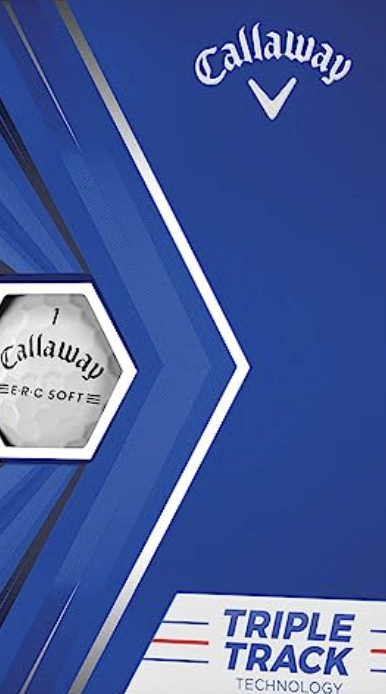
of Callaway ERC Triple
Track Golf Balls for
yourself or your buddy!
Golf Club Numbers and Distance (From Drivers to Putters)
The numbers correspond to the distance that you can achieve from the club. Golf clubs are numbered in a range from 2 to 9.
These numbered golf clubs include:
- 3 – Wood
- 5 – Wood
- 2 – Iron
- 3 – Iron
- 4 – Iron
- 5 – Iron
- 6 – Iron
- 7 – Iron
- 8 – Iron
- 9 – Iron
There are non-numbered golf clubs: the driver, putter, sand wedge, pitching wedge, and lob wedge.
These clubs are used at different shot distances, such as:
| Driver | 230 yards |
| 3 – Wood | 210 yards |
| 2 – Iron or 4 – Wood | 190 yards |
| 3 – Iron or 5 – Wood | 180 yards |
| 4 – Iron | 170 yards |
| 5 – Iron | 160 yards |
| 6 – Iron | 150 yards |
| 7 – Iron | 140 yards |
| 8 – Iron | 130 yards |
| 9 – Iron | 120 yards |
| Pitching Wedge | 110 yards |
| Gap Wedge | 100 yards |
| Sand Wedge | 90 yards |
| Lob Wedge | 65 yards |
| Putter | On the green |
What Do Numbers Mean on Iron Golf Clubs?
Irons are categorized as short, mid, and long irons. The long irons are 2-, 3-, and 4 -irons. Mid-irons consist of the 5-, 6-, and 7-irons.
Finally, the short irons are the 8- and 9-irons (and in some cases, the pitching wedge falls into this category).
However, 2-irons are quickly becoming obsolete. Along with that, some golfers count the 5-iron as a long iron. So, the terms can vary depending on the course and individual golfers.
For beginning golfers, the short irons are easier to hit than mid-irons. As the shaft and loft decrease, the iron is easier to master.
Read more here: Should Beginner Golfers Use Blades? ( Exclusive )
A shorter club is easier to handle, giving more loft to the golf ball.
These numbers have the same meaning as those on the woods. Before grabbing an iron, you must understand the course’s distances.
Remember that your club has no set distances, only what you can handle.
For example, a male golfer might use the 4-, 5-, or 6-iron for 150 yards, while female players could use the 3-wood, 5-wood, or 3-iron for the same distance.
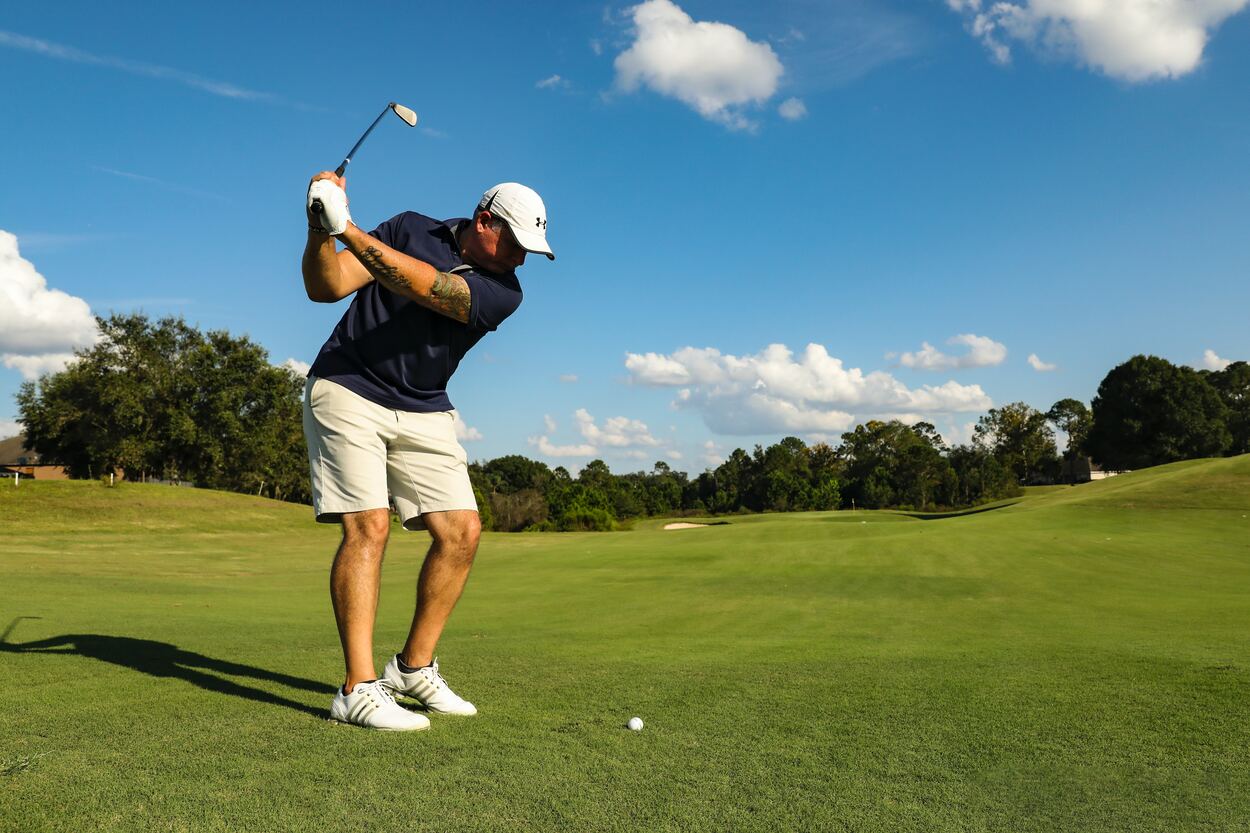
You can play Irons from a golf tee or tee grounds. However, most of the iron shots are needed for the fairway.
These clubs are designed to be used with divots. An iron has a sharply rounded leading edge when you look at it.
Iron shots are hit with the ball positioned to be stuck on the downswing, meaning the club is descending as it contacts the golf ball. Unlike woods, these are traditionally used for shorter shots.
Knowing which club or iron to use in a given situation is one of the most challenging aspects of golf. You don’t have to worry about the distance but the trajectory as well.
For example, if you need to get the ball over a tree or make a soft landing on the green, then a higher-numbered club is your best bet.
Learning how high the ball climbs and how quickly with each iron is an essential factor that can boost your golf game.
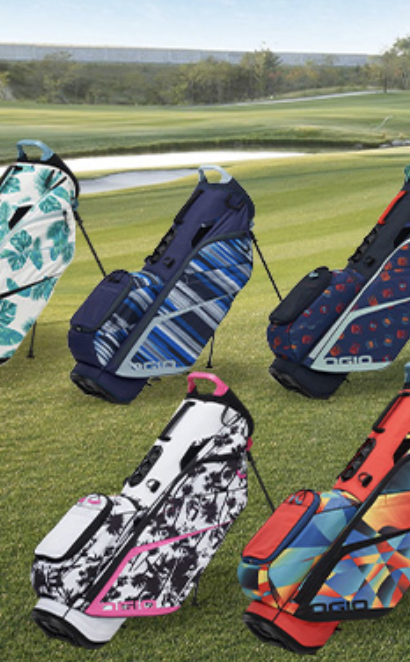
and apparel.
gear, accessories and apparel. (affiliate link)
When Did They Start Numbering Golf Clubs?
The numbers on the clubs and irons make it easier for golfers to choose the right one for the course. However, that was not always the case. In the early days of golf, the clubs had almost no uniformity from one maker to the next.
Consistent numbering did not appear until the late 1930s to early 1940s.
Before that, golf clubs had names that implied specific characteristics. Manufacturers began making sets based on those names. These clubs were called:
- 1- Wood – Driver, Play Club
- 2 – Wood – Brassie
- 3 – Wood – Spoon Brassie
- 4 – Wood – Wood Cleek, Baffy
With irons known as:
- 1 – Driving Iron, Cleek
- 2 – Cleek, Mid Iron
- 3 – Mid-Mashie
- 4 – Jigger, Mashie Iron
- 5 – Mashie
- 6 – Spade Mashie
- 7 – Benny
- 8 – Mashie Niblick
- 9 – Pitching Niblick
Wedges were called either a Niblick or Baffing Spoon.
During this time, players were not restricted to the number of clubs in their bags. Some golfers carry anywhere from 20 to 30 clubs. However, there was an imposed 14-club starting in 1938.
What does 7 iron mean in golf?
In Conclusion
Golf clubs are numbered because they help us determine the distance and loft of our shots. It adds to the consistency as well so that we can recreate shots over and over again.
If you want to know more about golf clubs, check out this article: What are the Best Golf Clubs for under 100 Yards?
